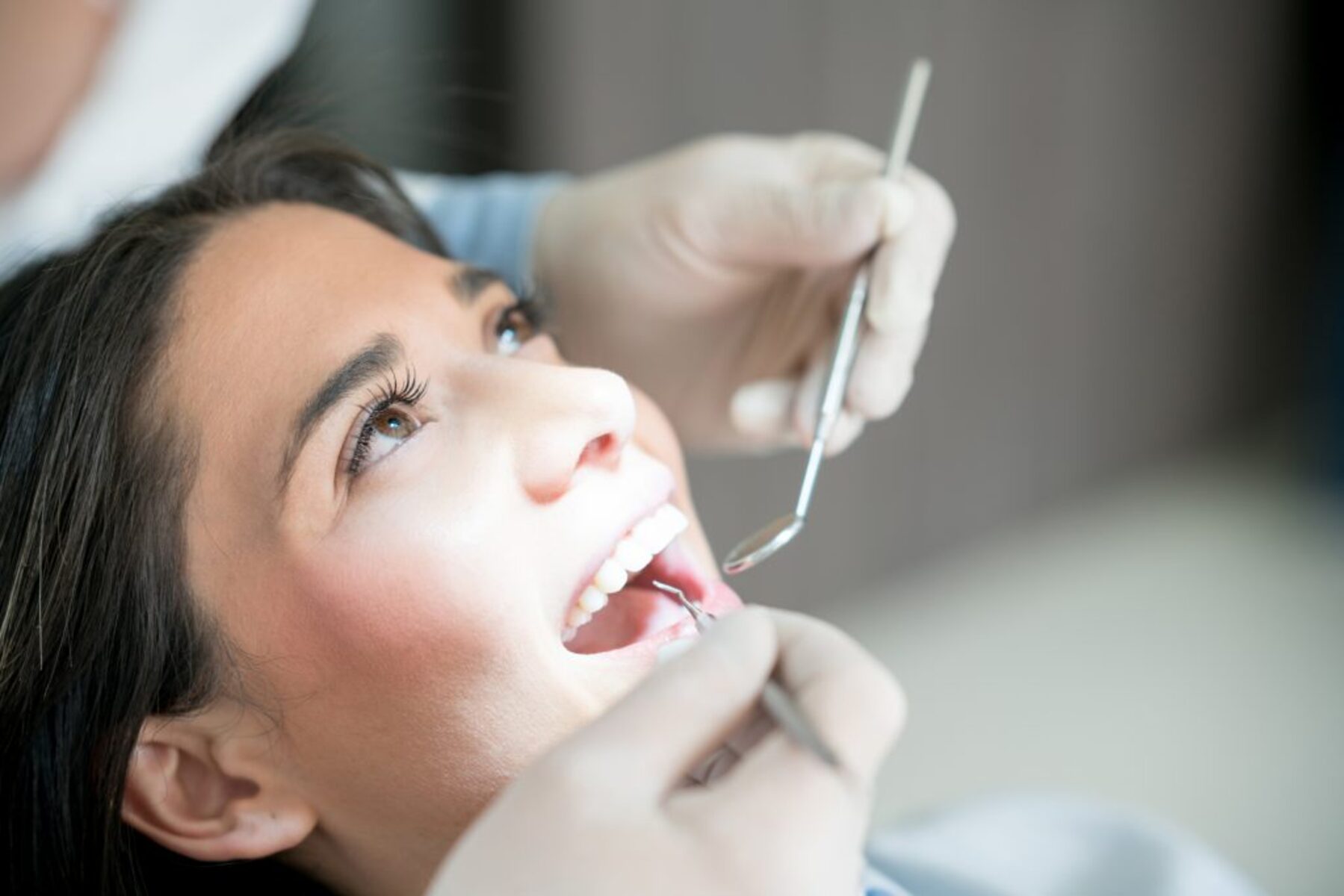While regular dental cleanings are an integral part of oral care, a lot of people may be uneasy or unsure about what to anticipate at their appointments. The more you know, the less nervous you will be and it might also boost your dedication to keeping up with good oral health. Having a better understanding of what happens during the basic outline for your regular dental cleanings and prevention Little Elm can make residents in Little Elm rest easier and breathe easy. This is what a typical dental cleaning would be like step by step.
1. Initial Examination
Most dental cleanings are preceded by a medical exam. Before the cleaning process begins, your dental hygienist will carefully examine your mouth. A tiny mirror will be used to check around your teeth and gums during the exam for any signs of inflammation, plaque or tartar buildup, or other concerns. If any alarming issues are spotted, the hygienist may get a quick consult from the dentist before they clean.
2. Scaling:
The hygienist will provide the scaling or deep cleaning of plaque and tartar on your teeth above and beneath the gumline (a special tool is used for this). The little mirror allows them to see where they need to go, while the scaling implement does most of the work. It might just sound like some scraping, but that is all part of it. A dental professional will have to remove tartar because once it hardens it cannot be removed at home.
3. Deep Cleaning Between Teeth

Following removal of the bulk of this plaque and calculus, your hygienist will likely use either another hand-held instrument or an ultrasonic scaler to clean between teeth and along the gumline. This step helps get rid of any leftover particles around your mouth and makes certain the entire surface of each tooth is usually fresh. It also goes after certain areas that are most likely to have plaque and bacteria buildup, which is important for gum disease prevention.
4. Polishing Your Teeth
After removing the plaque and tartar from your teeth, polishing follows. After the rinse, a hygienist will use a potent electric brush mixed with gritty toothpaste-like material to polish your teeth. This polishing will remove any last little surface stains and polish your teeth so that future plaque can not take hold.
5. Flossing
The hygienist will then floss in between your teeth to make sure all loose debris or plaque is gone after the cleaning. This professional flossing is probably better than most people can do between their teeth so that all areas are covered. The hygienist will also provide some advice to help you get a better flossing technique at home.
When you floss during a dental cleaning, it removes debris and plaque from the spaces between your teeth as well as along or beneath this pocket — places where harmful bacteria can hide. The dentist may also advise you on when to schedule your next cleaning and examination as well as go over any essential follow-up procedures. Seeing the dentist regularly—typically every six months—is crucial to preserving good oral health.
Knowing what happens during a dental cleaning can help you feel more at ease and prevent your apprehension from turning into fear. Little Elm Dental cleanings are an important step in preserving good oral health and can help prevent problems such as gum disease or cavities. Knowing the steps (from that initial exam to final floss) makes it easier for you to approach your dental cleaning appointments with confidence, and confidence in knowing a proactive measure is being taken when it comes to protecting your beautiful smile.

